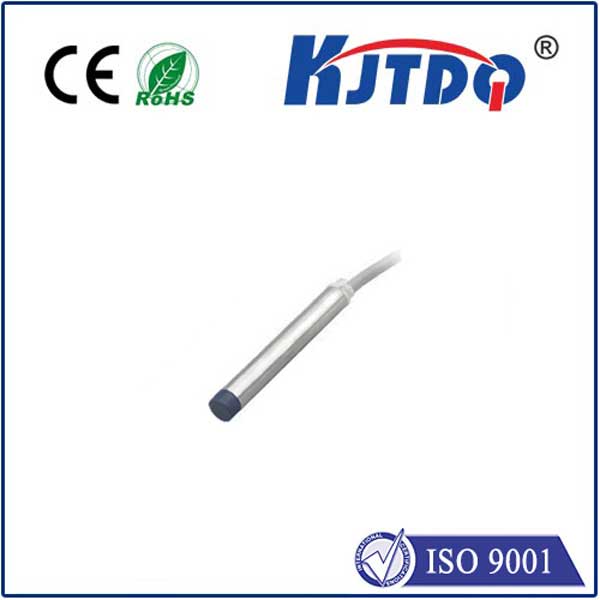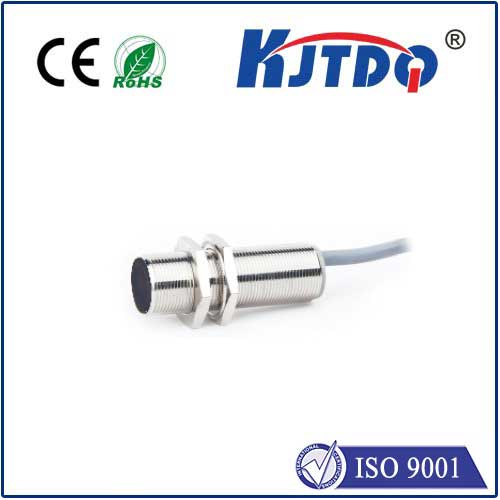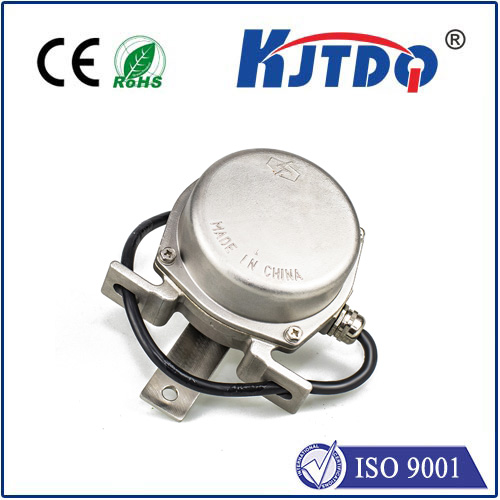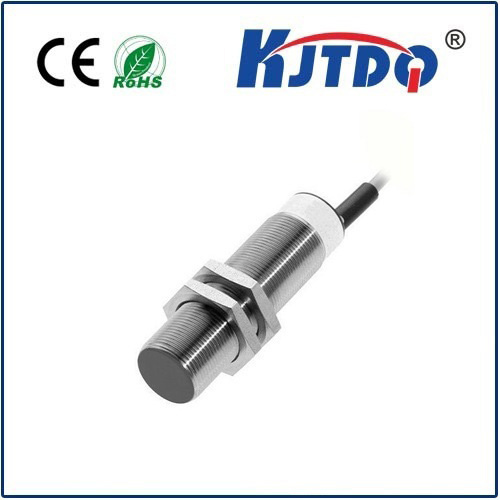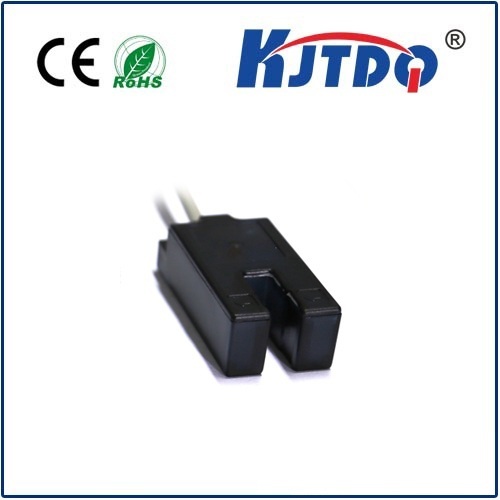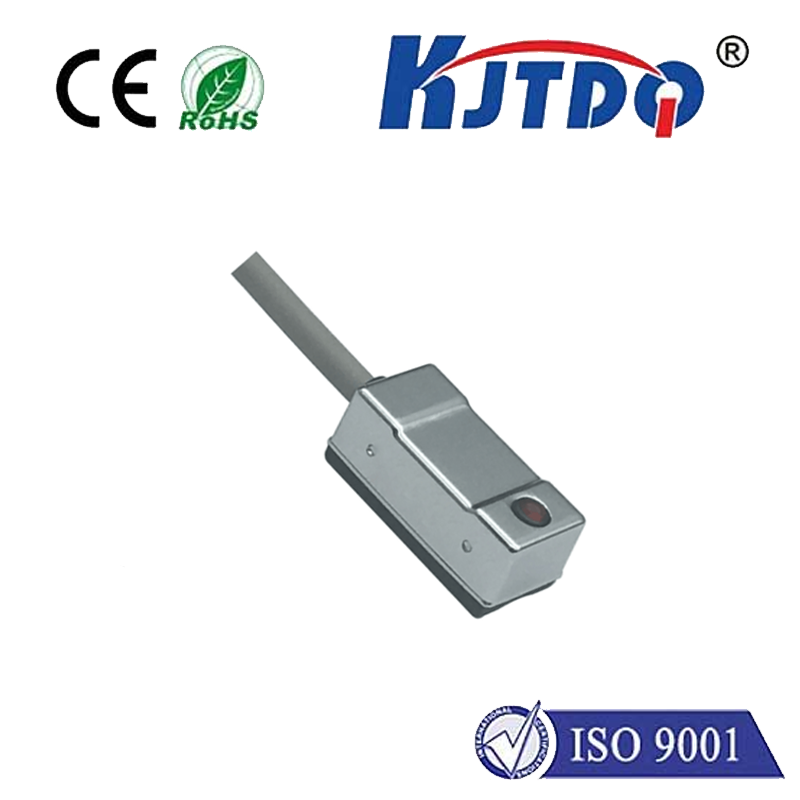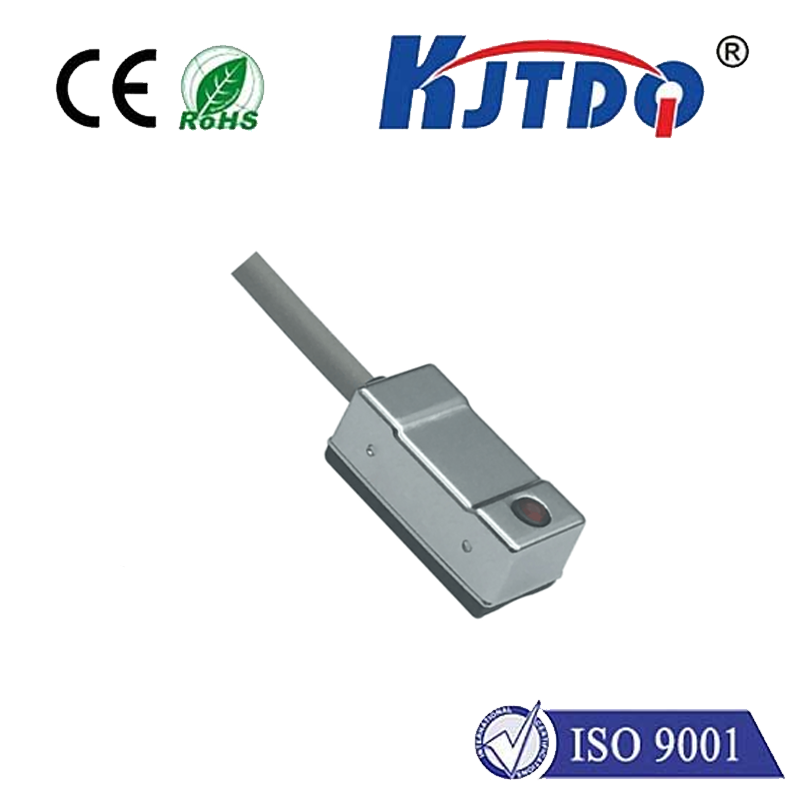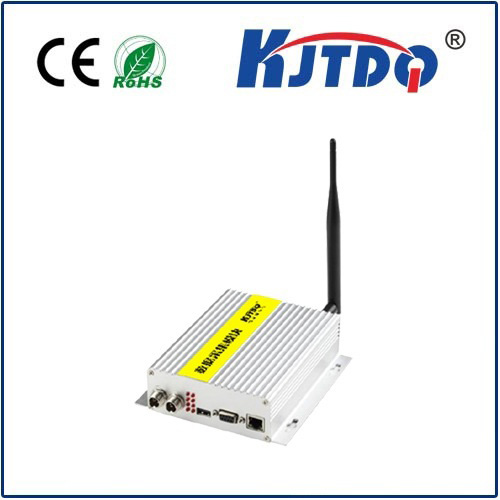proximity sensor m18
- time:2025-09-08 10:27:51
- Click:0
The M18 Proximity Sensor: Your Compact Powerhouse for Precision Detection in Industrial Automation
Need rock-solid, non-contact detection of metal objects where space is tight? Look no further than the M18 proximity sensor. This ubiquitous workhorse, defined by its rugged 18mm diameter cylindrical housing, is a cornerstone technology in factories and machinery worldwide. Its blend of compact size, robust construction, and reliable performance makes it an indispensable tool for countless automation tasks, ensuring processes run smoothly, efficiently, and safely. Understanding its capabilities and applications unlocks significant potential for optimizing industrial systems.
The M18 Advantage: Small Size, Big Impact
The defining feature of the M18 proximity sensor is its physical dimension. The 18mm diameter strikes a perfect balance:
- Compact Form Factor: It fits easily into densely packed machinery, robotic grippers, or tight mounting locations where larger sensors simply cannot go. This space-saving design is crucial in modern, miniaturized equipment.
- Robust Build: Despite its size, the M18 body is incredibly tough. Typically constructed from nickel-plated brass or stainless steel, it withstands significant mechanical stress, vibrations, and impacts common in industrial settings. High IP ratings (like IP67 or IP69K) ensure reliable operation even when exposed to dust, coolants, oils, or washdown environments.
- High-Performance Detection: Don’t let its size fool you. M18 sensors deliver excellent sensing ranges relative to their diameter and boast fast switching speeds, essential for high-speed production lines.
How Does it Work? The Magic of Inductive Sensing
The vast majority of M18 proximity sensors operate on the principle of inductive sensing. Here’s the simplified science:

- Generating the Field: The sensor contains a coil energized by an oscillator, creating a high-frequency electromagnetic field radiating from its active face.
- Metal Detection: When a metallic object (ferrous metals like steel or iron, or non-ferrous like aluminum, brass, or copper, depending on sensor type) enters this electromagnetic field, eddy currents are induced on the metal’s surface.
- Field Dampening: These eddy currents draw energy from the sensor’s oscillating circuit, causing the oscillation amplitude to dampen or cease.
- Signal Output: An evaluation circuit within the sensor detects this change in oscillation. It then triggers an electronic switch, changing the state of the sensor’s output signal (e.g., switching an NPN or PNP transistor). This output signal is what interfaces with your PLC, controller, or machine logic, telling it an object is present.
Key Specifications: Navigating the Options
Selecting the right M18 proximity sensor involves understanding several critical parameters:
- Sensing Range (Sn): Typically ranges from 2mm to 8mm for standard inductive models. This is the nominal distance at which a defined standard target can reliably trigger the sensor. Always check the datasheet for the specific range.
- Output Type: The most common are:
- NPN (Sinking): Switches the negative (ground) side of the load.
- PNP (Sourcing): Switches the positive voltage side of the load.
- NO (Normally Open) / NC (Normally Closed): Refers to the state of the output when no target is present.
- Housing Material: Nickel-plated brass (good general resistance), stainless steel (excellent corrosion resistance, especially in harsh environments like food & beverage).
- Connection: Cable exit (various lengths & types) or M12 connector (often 4-pin) for quick disconnect.
- Operating Voltage: Commonly available for 10-30V DC systems.
- Switching Frequency: How fast the sensor can detect objects passing by (e.g., 500 Hz, 1 kHz, 5 kHz). Higher frequencies are needed for faster-moving objects.
M18 Proximity Sensor Core Specifications
| Feature |
Common Options/Ranges |
Importance |
| Sensing Range |
2mm to 8mm (standard inductive) |
Determines mounting distance from target; critical for fit. |
| Output Type |
NPN (Sinking), PNP (Sourcing); NO (Normally Open), NC (Normally Closed) |
Must match PLC/machine input requirements. |
| Housing Material |
Nickel-plated Brass, Stainless Steel (e.g., 303, 304, 316) |
Dictates environmental & chemical resistance; SS for harsh. |
| Connection |
Pre-wired Cable (various lengths/types), M12 Connector (e.g., 4-pin) |
Installation ease, modularity vs fixed wiring. |
| Operating Voltage |
Typically 10-30V DC |
Compatibility with the machine’s control voltage. |
| Switching Frequency |
e.g., 500Hz, 1kHz, 5kHz |
Critical for high-speed detection on fast-moving lines. |
| IP Rating |
IP67 (dust tight, water immersion), IP69K (high pressure/steam wash) |
Degree of protection against dust and liquids. |
Where the M18 Shines: Diverse Industrial Applications
The versatility of the M18 inductive proximity sensor makes it suitable for an enormous range of tasks:
- Simple Object Detection: Confirming the presence or absence of metal parts on conveyors, in fixtures, or at specific points in an assembly process. Is the part in place before the machine cycle starts?
- Position Verification: Ensuring cylinders have fully extended or retracted, slides are in the correct position, or guards are closed and latched. This is fundamental for machine safety and sequence control.
- Counting: Tallying passing parts, bottles, or packaging on a line.
- Speed Monitoring & Control: Detecting the teeth of a gear or holes in a rotating disk to monitor rotational speed.
- End-of-Travel Limits: Providing reliable limit detection for moving components without physical contact, reducing wear and tear.
- Machine Tooling: Widely used in CNC machines, presses, and robotic arms for tool positioning, workpiece detection, and safety interlocks.
Choosing the Right M18 Sensor: Key Considerations
When specifying an M18 proximity sensor for your application, ask these questions:
- What material needs detecting? (Steel, aluminum, etc.?)
- What is the required sensing distance? (Mounting constraints?)
- What’s the operating environment? (Dusty? Wet? Oily? High temperature? Corrosive?)
- Does it need high resistance to welding fields? (Special shielded versions exist).
- What output type (NPN/PNP, NO/NC) does my control system require?
- What connection method (cable/connector) is most practical?
- How fast is the target moving? (Determines needed switching frequency).
For non-standard metals, very small targets, specific environmental challenges, or the need to detect non-metals, other sensor types (capacitive, ultrasonic, photoelectric) might be more suitable, though the inductive M18 remains the king for general metal detection.
**The






